Finally! A Costume Drama Revives the Ancient Hairpin Wearing Rite
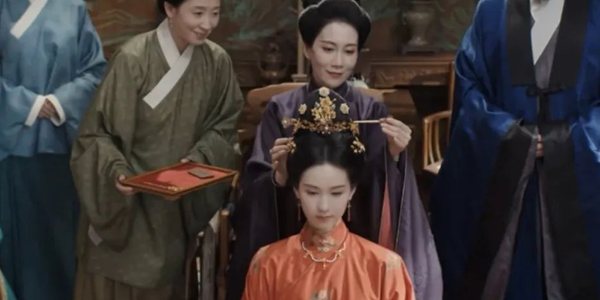
In the drama The Glory, there is a scene of Zhuang Hanyan, played by Chen Duling, going through the Hairpin Ceremony. Netizens said: So the famous scene that touched me is this!
Ⅰ. The Precious Coming-of-Age Ceremony
For modern children, most of them don’t have a “coming-of-age ceremony”. Once they reach a certain age, they are considered adults. But strictly speaking, in ancient times, if one didn’t understand the rules of propriety, they couldn’t be regarded as adults. Without going through the Capping Ceremony (for men) while dressed in Chinese dress wear, it would be difficult for them to be recognized as adults throughout their lives.
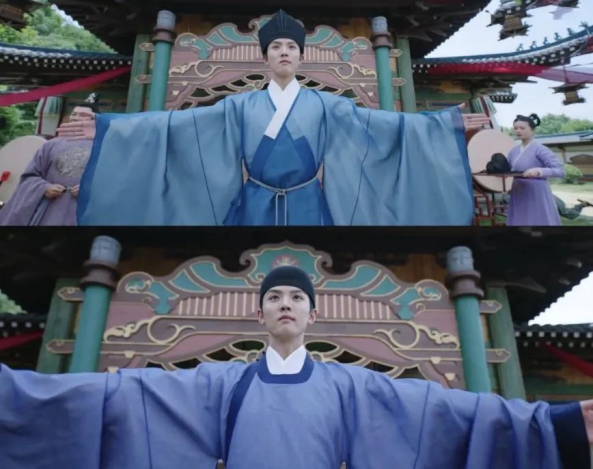
Men would go through the Capping Ceremony (usually at the age of 20), while women would go through the Hairpin Ceremony (usually at the age of 15). In contrast to the “Capping Ceremony” for men, the coming-of-age ceremony for women is called the “Hairpin Ceremony”.
Generally, the girl’s parents or the elders in the clan would gather her hair up and insert a hairpin. Changing the hairstyle indicates that she has become an adult, marking the end of her girlhood and that she is eligible for marriage.
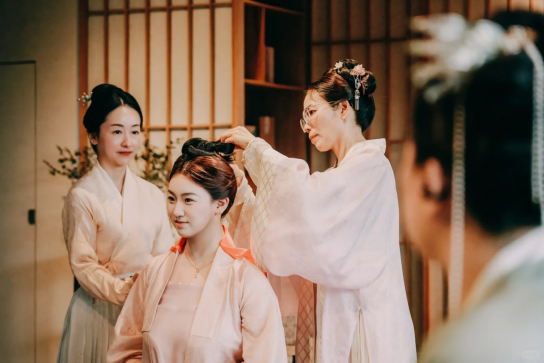
The main decorative elements of the ceremony are twofold. On the head, one is tying up the hair. Before the coming – of – age ceremony, children will wear their hair hanging down or wear it tied in a knot on the head. Whether male or female, after reaching adulthood, their hair should be combed up. The other is putting on a cap or inserting a hairpin.
For men, the process of the Capping Ceremony consists of three stages of adding caps. Corresponding to the three stages of adulthood, during the “Three Stages of Capping Ceremony” for men, the main items added are caps. For women, it is an evolution based on the men’s Capping Ceremony. It doesn’t necessarily have to be the complete three stages and can be simplified to just inserting a hairpin.
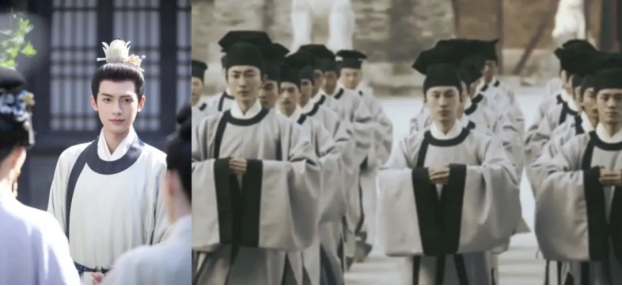
The styles of the caps added in different dynasties also vary. For example, in the process of the coming-of-age ceremony in the Han Dynasty, it includes the black cloth cap (缁布冠), the leather hat with spiky – topped jade ornaments (皮弁), and the Wine – vessel – shaped Cap (爵弁冠). In the Song and Ming dynasties, it involves adding a headscarf (幅巾), a Confucian cap (儒巾), or a futou (幞头). The hairpins for women depend on the economic strength of the family.
Generally speaking, the corresponding attire for men can be divided into the child’s outfit for the initial appearance, the formal daily wear, the round-collar robe, and the formal ceremonial attire (or official attire), with combinations similar to these.
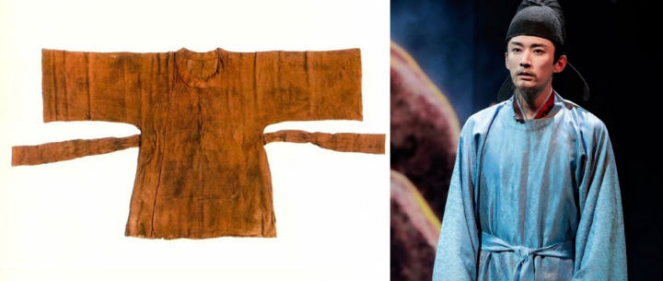
Among them, the child’s outfit represents the attire of a young boy. The formal daily wear is the attire for an adult man. The round-collar robe is the attire for scholars and literati. The formal ceremonial attire is the attire for sacrificial ceremonies. If the man has an official rank, he will change into official attire, which is also called public attire.
There is no detailed record of women’s ceremonial attire. According to the men’s standard, if there are three stages of adding ceremonial attire for women, it should also follow the attire for different occasions as mentioned above.
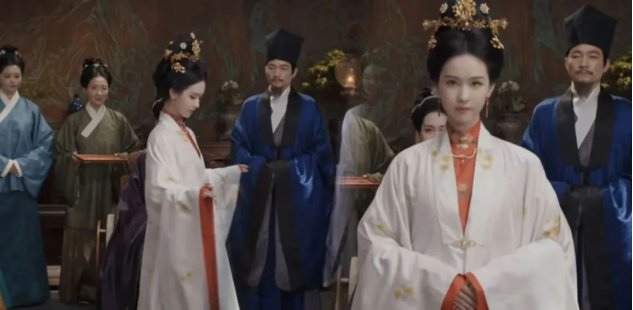
For the last stage of adding ceremonial attire, if there is granted attire, they should wear the granted attire. If not, they should wear the large-sleeved ceremonial dress. In the drama, Chen Duling mainly demonstrates the process of the first stage of adding ceremonial Chinese dress attire, that is, arranging the hair and inserting a hairpin. She wears a standing-collar, slant-opening long jacket, paired with a horse-faced skirt, and adds a large-sleeved front-opening cape, which is regarded as formal ceremonial attire.
Ⅱ. The Cultural Heritage of the Coming-of-Age Ceremony
The Chinese coming-of-age ceremony has continued for thousands of years in China and is also a necessary formal occasion in one’s life. However, it is rarely seen nowadays. Only in period dramas can we occasionally see such scenes of coming-of-age, but such scenes are extremely rare.
In many period dramas, women don’t arrange their hair in a bun, and parents don’t give admonitions either. Instead, they just symbolically give blessings to the guests, which is not in line with the etiquette. Moreover, some people think that such scenes only exist in ancient times, but in fact, we have just forgotten about this traditional ceremony.
Deeply influenced by traditional Chinese Confucian culture and etiquette, neighboring Asian countries represented by Japan and South Korea still retain this ceremony to varying degrees in modern times.
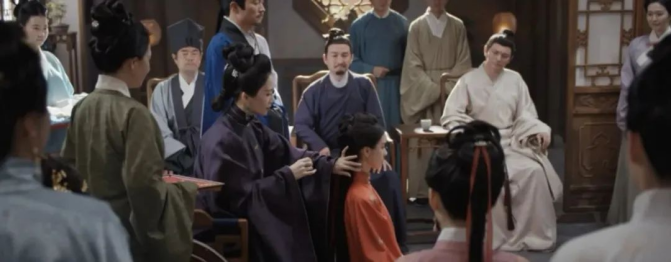
nowadays, on various media platforms, many parents and children choose to wear Hanfu for the coming-of-age ceremony. This can be regarded as the revival of traditional culture. But it will definitely take some time to widely promote it.

When I graduated from university, instead of wearing a bachelor’s gown, I wore Hanfu. Haha. At that time, there was no tassel-turning ceremony. I replaced it with the traditional Chinese salute of cupping one’s hands in front of the chest. My supervisor said that I was very individualistic, and no one thought I was strange. 😌
Maybe it’s because in recent years, everyone has become more tolerant of traditional culture. (At that time, I was wearing the horse face skirt and the cross-collar upper garment of this set.) Or you can choose to wear a bachelor’s gown but add a Hanfu yunjian, which is also a great option.
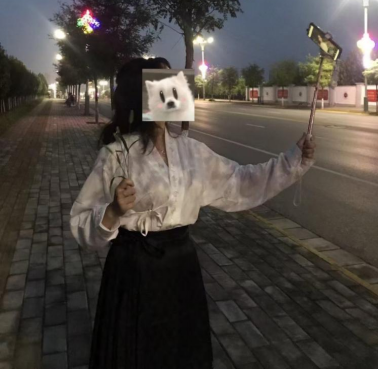
Summary
Why is the coming-of-age ceremony important? When young men and women go through this ceremony and listen to the admonitions of their elders, the purpose is to remind them to face up to the responsibilities on their shoulders and complete the transformation of their roles. Only in this way can they be officially declared as grown-ups.
From then on, they will transform from “children” without responsibilities in the family into adults who have stepped into society, take on the responsibilities of an adult, practice good virtues, and become qualified social roles. If you want to hold a coming-of-age ceremony for yourself or your child in the future, you might as well try wearing traditional Chinese outfit.
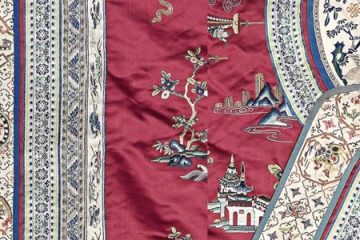
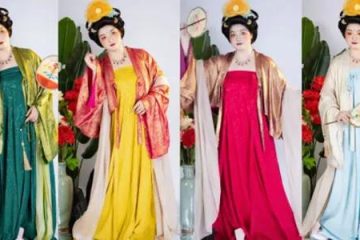
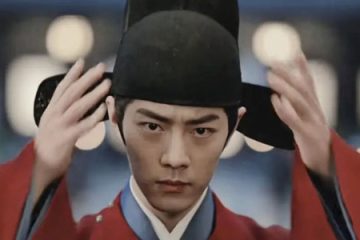
0 Comments